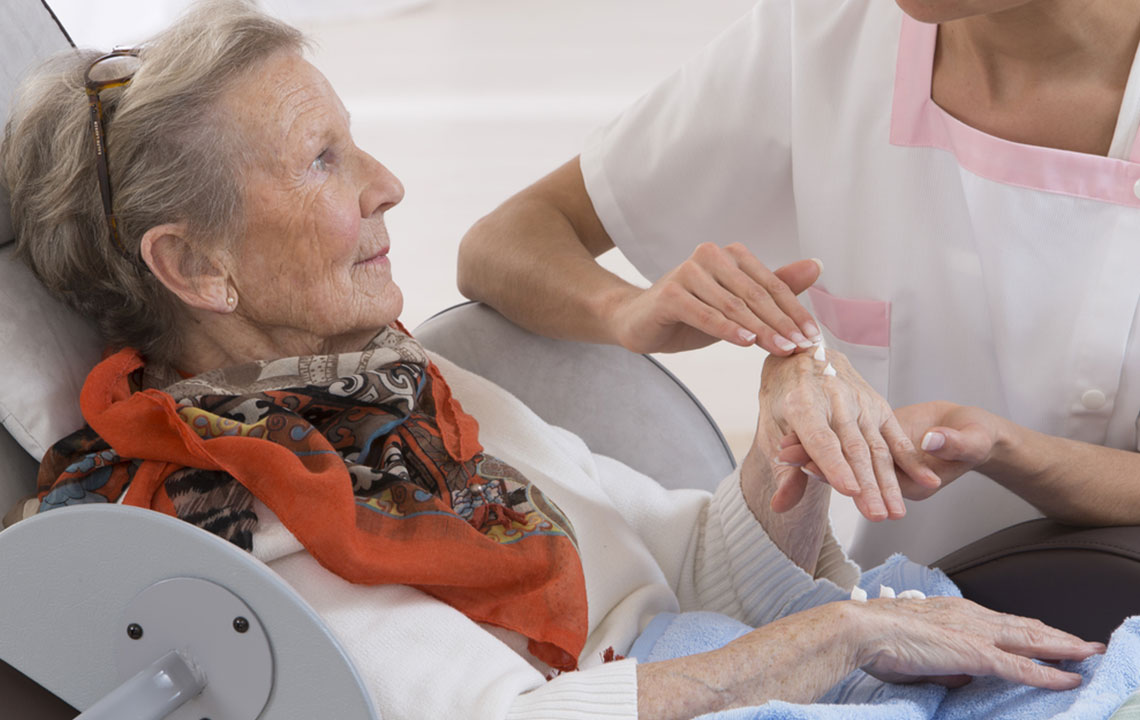Comprehensive Guide to Choosing Compassionate Caregivers for SMA Patients
This comprehensive guide explores essential strategies for selecting caregivers for SMA patients, emphasizing financial planning, family involvement, and professional support. It offers practical advice for families to ensure optimal care tailored to their loved one's evolving needs, fostering emotional well-being and health. The article highlights the importance of balancing in-home caregiving with professional services to create a caring, effective support system for those with SMA.

Essential Strategies for Selecting the Right Caregiver for Individuals with Spinal Muscular Atrophy (SMA)
Deciding on the appropriate caregiver for a family member diagnosed with spinal muscular atrophy (SMA) is a critical decision that requires careful planning and thorough understanding. SMA is a complex neurological disorder characterized by progressive muscle weakness and loss of motor function, which significantly impacts daily living activities. Family members often face emotional and logistical challenges when determining who will provide the necessary care. These decisions are vital for ensuring optimal quality of life, safety, and comfort for the affected individual. This comprehensive guide offers in-depth insights into the key considerations, including financial planning, caregiver options, and balancing personal involvement with professional assistance.
Understanding and Exploring Financial Resources and Support Options
Financial considerations play a pivotal role in caregiver selection and overall care planning. The costs associated with SMA care can be significant, encompassing medical equipment, medication, therapy sessions, and in-home support. Families must assess their financial situation carefully immediately after diagnosis. For families with limited income, government programs like Medicaid frequently provide extensive coverage for in-home caregiving services, medical supplies, and therapy. This federal and state-funded support alleviates some of the financial pressures and ensures that the patient receives consistent, professional care at home.
For higher-income families, private payment options are often feasible. These families might choose to hire licensed caregivers, nurses, or specialized home health aides who are trained to manage complex medical needs. Middle-income families often find themselves at a crossroads, needing to balance affordability with quality of care. Cost comparisons between various service providers, including private agencies and independent caregivers, are essential. It’s also worthwhile to research whether state or local programs provide subsidies or grants—programs that are often available in states like California, Tennessee, and New York—to ease the financial burden of long-term care.
Financial planning is a foundational step when preparing to care for a loved one with SMA. Families need to explore available resources like Medicaid, state-sponsored programs, and community support services to determine the most suitable financial aid. For low-income households, Medicaid often covers comprehensive caregiving services, including personal assistance, equipment, and medical needs. Higher-income families may prefer to hire private caregivers, which allows more control over the quality and type of care. Middle-income families should conduct detailed comparisons and consider local subsidies or grants to manage costs effectively. Proper financial planning ensures that families can maintain consistent, high-quality care without overwhelming their resources.
After securing financial support, the next step involves choosing a caregiver. Many families initially prefer to serve as primary caregivers, especially during the early stages post-diagnosis. This choice stems from a natural desire to be close and provide immediate support. Family members—parents, spouses, or siblings—are often the first option, especially when they are willing to learn caregiving skills through local support groups, online resources, and training programs. Their responsibilities may include assisting with bathing, feeding, transferring from beds or wheelchairs, and repositioning to prevent pressure sores. As the disease progresses, caregiving tasks may involve more complex medical procedures such as ventilator management and medication administration, requiring increased skill and attention.
Transition to Professional Caregiving Assistance
Over time, the escalating medical needs of SMA patients often necessitate professional intervention. While family caregivers provide invaluable emotional support and familiarity, the physical demands and complexity of SMA care can become overwhelming. The transition from family-led caregiving to professional assistance can be emotionally taxing for families. It may lead to a mix of relief and guilt, as loved ones recognize the need for specialized medical expertise. Professional caregivers—such as visiting nurses, physical therapists, or dedicated home health aides—are trained to handle complex medical devices, medication management, and emergency procedures. They also help reduce caregiver burnout, ensuring that the patient receives consistent, high-quality care.
An ideal care plan combines the warmth and emotional support of family involvement with the expertise of trained professionals. Families can act as primary emotional anchors, providing companionship and understanding, while professional caregivers handle technical medical tasks. This integrated approach promotes a holistic and compassionate environment, enhancing the patient’s comfort and well-being. Regular communication between family and professional caregivers is crucial to coordinate care effectively, share observations about the patient’s condition, and adjust care plans as needed. The ultimate goal is to create a supportive, safe, and responsive care environment tailored to each stage of the patient’s illness.
In summary, choosing the right caregiver for someone with SMA involves careful consideration of financial resources, the level of medical complexity, and emotional needs. By exploring all available support options, engaging family members in initial care responsibilities, and transitioning to professional assistance as required, families can ensure their loved ones receive the most effective and compassionate care. This balanced approach not only addresses medical needs but also fosters emotional stability and enhances quality of life for SMA patients and their families.





